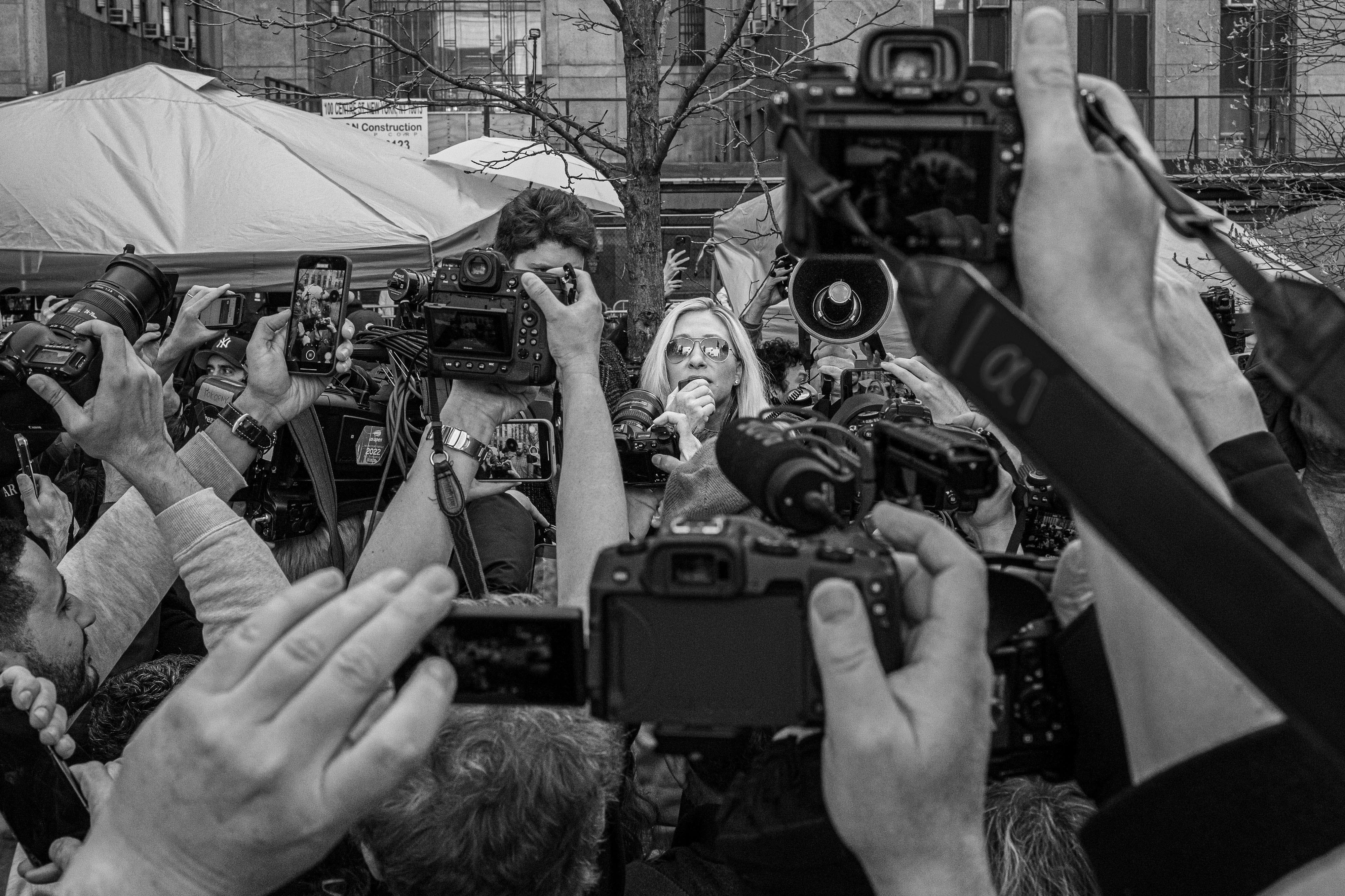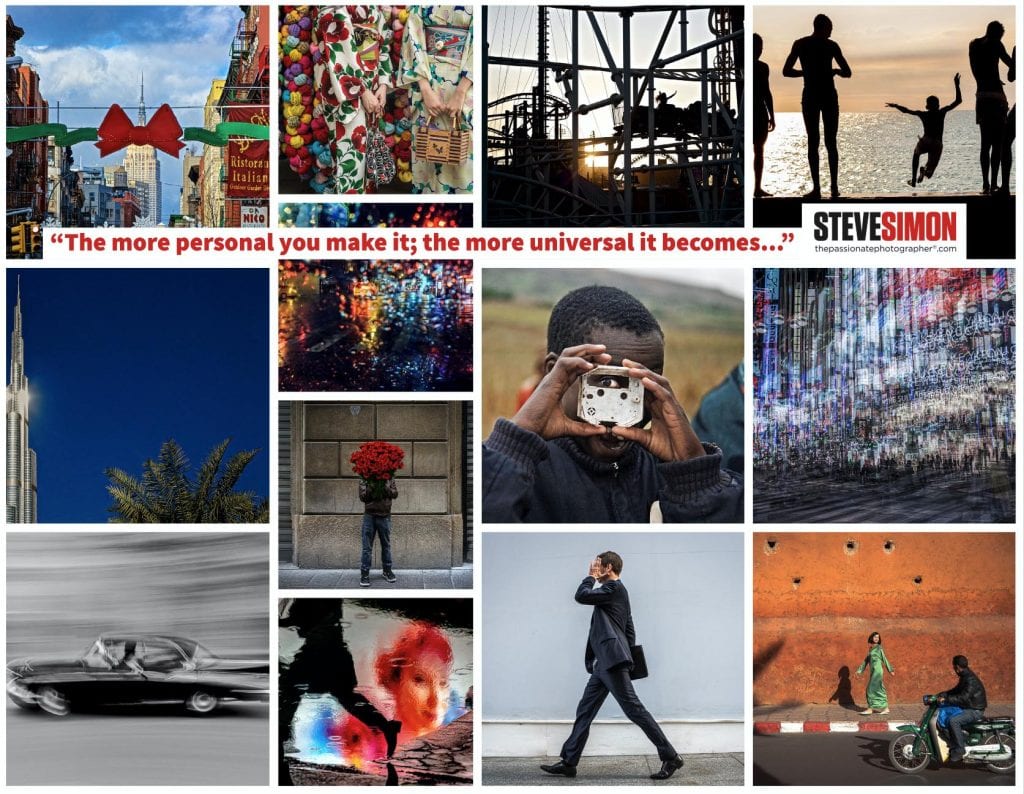
The Passionate Photographer philosophy covers a lot of photographic ground. From the creative conception of projects and pre-visualization to the execution and sharing of your work. So here is a brief synopsis of the the major concepts being espoused here. If you follow these suggestions and ideas, I have no doubt that with your passion, some practice, persistence and the strategy provided here, you become the photographer you dream of being. This site is full of extended book content and make sure you check out the Patreon page for more…

Step 1: Passion: An Inch wide; A Mile Deep
The most rewarding part of the photographic process often comes when you find a project or theme you feel passionate about. By finding meaning and purpose in your picture-taking process, you will learn about yourself while elevating your personal photographic vision.
Liberate yourself from photographic routine. Ask yourself, “what is it I am trying to say through my photography?”
Be original, authentic, and true to who you are as a person and photographer when looking for your passion project. Think big. Find that story or theme that inspires you to commit and drives you to work hard, moves you past frustrations and through obstacles, pushes you toward a photographic place of competence and excitement you cannot even imagine at the beginning.
Many of the best ideas come from your own life. Personal experience and exploring your own connections often yield some of the best, most rewarding stories. Look at photo books for inspiration. It’s all been done before; do it better; do it your way.
Like music, photography is a universal language we can all understand. The more personal you make it, the more universal it becomes.
When working on one story over time, challenge yourself to see new details, notice nuances, never stop looking. The idea is everything. If you can’t decide on a grand project, try a short-term one first: a person, an event, a business, a “day in the life” or portrait series.
It can be still lives, landscapes, or other groups of images with a common thread that ties them together. Keep it simple; less is more.
A project can be presented chronologically or thematically, but the images need to work together. Look for subjects and environments that you’re going to enjoy and have fun with. Access really is everything; to maximize shooting possibilities and strengthen the work. Choose subjects that allow unfettered access.
Having a mission or artist statement can help clarify and focus your vision for a consistent point of view, as well as form a framework for future shooting.

Step 2: Volume, Volume, Volume: 10,000 Hours: Practice And Persistence
The more you shoot, the better you get, period.
The more you shoot, the faster you react, the more experience will teach you what works and what doesn’t. The more you shoot, the more your eye is on the viewfinder and you find yourself in the right place at the right moment in the right light without having to consciously think about
it.
You need to go through a volume of work to get to the other side of great images. If you shoot it, in volume, your unique style will reveal itself; there will be no need to force it.
Master your gear and your creativity will soar as technique fades to the unconscious and becomes intuitive as you explore your subjects with abandon. The gap between what you thought you got in the field and what you get will close. You won’t have to think, just do.
Just shoot it.

Step 3: Work It: Don’t Give Up On The Magic
The compositional dance: move around the floor, eye to the viewfinder, sometimes thinking, sometimes feeling your way through but constantly exploring, trying new angles to see what they look like shooting as you go to arrive at the best possible place to take the picture.
Your first shot is your starting point. Give yourself a variety of options. It’s a game of inches. Slight movements have dramatic effects on your final image, altering the juxtaposition of foreground subjects with background elements and the horizon.
Boldly find your best shooting position, keeping a low profile, always moving, getting closer and working quickly and quietly.

Step 4: The Lonely Adventurer: Concentration And Never Lingering
In Your Comfort Zone
To shoot at your highest level, you need to be a lone wolf and find your way to that photographic zone of high concentration where you’re in the moment and all distractions fade away.
The ability to maintain your cool, calm, and concentration amid the sights, sounds and smells of a new and vibrant location is key to coming away with strong images. But it’s also challenging, particularly in highly charged and difficult situations.
Your time is often limited; when possible, take a walk through the entire periphery of where you’re shooting, noting areas with the best visual potential to maximize results.
Often the best light dictates where you start. More time spent in fewer places allows you to peel the onion, scratching below the surface for images you might otherwise not see. Trust your instinct for safety and intuition to guide you to the right places, past obstacles toward new and interesting places. Maintain your concentration. Be patient.

Step 5: The Evocative Portrait: Photographing People Gets Easier
Depending on your shyness level, it can take varying amounts of practice to figure out your own strategies for getting close with strangers in order to make the images you want.
Don’t ask if you can take their picture; ask if you can speak with them for a moment, because even if they agreed to let you take a shot, their expectation would be just one or two frames.
But you want to take more than a few because you know the best pictures often come as the shoot evolves, as you and your subject get more comfortable together—many, many frames down the photographic road. Once you have the okay, you can put Steps 2 and 3 to work.
It’s not always easy to engage a potential subject, but it does get easier and I have found the experience to be incredibly rewarding on so many levels.

Step 6: Follow The Light…And Learn To Master It
Following the light increases your chances of getting great images because where there is great light, there are great images to be made.
Light helps tell the story of the photograph. Light is constantly changing and there is never really a bad time to shoot; light can always be interesting.
Walk around the scene and observe how camera position affects light. Side and back lighting are two powerful ways to use natural light. Bad weather often equals great light, and great light is worth waiting for.
As you follow the light, pay close attention to the quality of low light. With today’s amazing high ISO capability cameras, success is no longer determined by quantity but by quality, even in low, dim light.
Every shooting situation requires a strategy; make following the light part of that strategy. Where is the sun? Where does the light look most interesting? Go to it. At dusk and dawn, when the sun is low in the sky, shadows and textures are most pronounced for a three-dimensional look to the landscape.
The light is often a golden color, immersing the scene in warm, even light, toning down potentially distracting colors by bathing all colors in a warm glow. Use white balance creatively to interpret the color of a scene with RAW files.
A custom white balance is a good idea when photographing people under available, artificial or mixed lighting. Monitoring the histogram—and specifically the red channel histogram—is a great way to find potential white balance/skin tone problems and correct them. Keep a log in your “You Book” of great light, dates, and times for future reference.

Step 7: The Art Of The Edit: Choose Well And Be The Best You Can Be
Editing is crucial to get your best work to rise to the top of your portfolio. You want to have a tough time editing; it means you’re producing a lot of good work. It’s a skill that develops with time, but it has its limits.
Seeking out respected, articulate second opinions is crucial because sometimes you’re too close to the work to see it objectively. Getting good-quality feedback is so important but not always easy to find. Finding people who can articulate their critique of your images in a way that you can understand and use to learn, grow, and improve your work is essential to your development as a photographer.
Make your editing workflow thorough so you can trust your choices without having to re-edit. Edit on instinct. Have a criteria. Remember that image content often trumps technical perfection.

Step 8: Assessing Strengths And Weaknesses: Never Stop Learning
And Growing
Assess your work and take a critical look back. I look at the work and ask myself questions. Did I work the image enough? Did I vary my coverage enough or was I shooting from similar angles? How about lens- to-subject distances?
Ultimately, the big question is: how can I make things better?
On the plus side, I see what works and polish the strengths I possess. Once you identify areas for improvement, target a remedy, it’s not a mysterious process.
Technical problems have solutions that often can be googled in a few keystrokes. But that’s just part of the answer. Go out with your camera and address weaknesses head-on. It requires smart practice and truly learning from your mistakes by going back and correcting them. Mistakes are an inevitable part of the learning process. Don’t beat yourself up over them; learn from them. Re-shoot when possible.

Step 9: Action plan: Setting Goals and Creating Strategies
From my experience, getting your photographic life organized is a great first goal to set. Take a look at your photographic life by thinking about where you are now and where you might want to go.
Assigning goals is a good way to start a path to future photographic success and happiness, defined by you. Free your mind of clutter by consolidating thoughts and ideas in one place.
Create a “You Book” to contain all your goals, notes, sketches, inspirations, ideas, doodles, storyboards, and anything that pops into your brain that you can use later.
Figure out your “One Thing” and get it done. Start out with the creation of a master list, mapping out a photographic future you can imagine or dream of. Think long term and big picture. You can then boil general goals down into more specific ones that are measurable when assessed for best chance of success. Schedule time in your calendar to work on specific actions for each goal.

Step 10: Follow Through: Share Your Vision with the world
Shoot, share, learn, contribute— and shoot some more. Repeat. Enjoy. You will become the great and passionate photographer you dream of being.












thats too much inspired. learned something new from here.
Wonderful lessons. I’m inspired to be creative when capturing something unique on my journeys. Because I am going to love my work from the beneath of my heart with a pro camera!
Agreed, and following your own curiosity is one of the best ways to separate yourself form the masses.